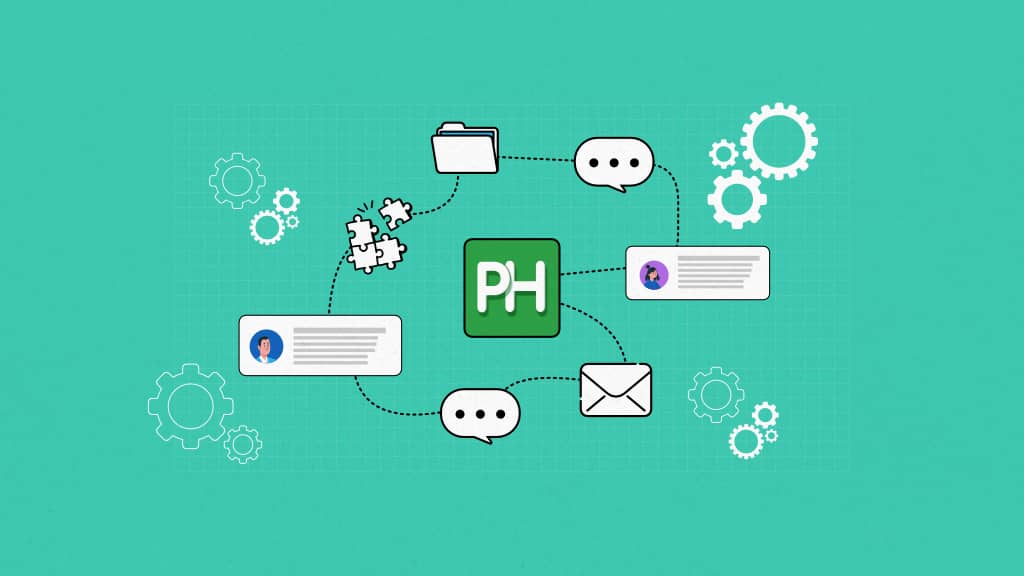For project success, it is very important team members collaborate effortlessly and effectively. Collaboration tools help team members collaborate effectively with ease, resulting in improved operational efficiency.
There are other ways to collaborate as well such as emails, spreadsheets, and going desk to desk. However, they are not efficient. Meetings drag on, emails pile up, and simple updates turn into endless back-and-forths are a result of the inefficient collaboration. Also, in the absence of the right collaboration tool, managers struggle to keep their teams aligned, projects on track, and communication clear.
Over the years, I’ve seen how collaboration tools have supported my teams and redefined the way they work. From reducing never-ending email threads to improving real-time decision-making, the benefits are undeniable. These tools boost my team’s productivity, improve communication, and make teamwork effortless.
Right collaboration tools help you organize tasks, teams, and discussions, manage projects efficiently, and allow teams to communicate effectively & stay productive without unnecessary delays, streamlining work processes and reducing workplace conflicts.
In this post, we will understand how collaboration tools can help benefit your business.
What are collaboration tools?
Collaboration tools are digital tools or apps that help your team members communicate, share information, manage projects, and stay organized, no matter where they are. They allow your employees to stay connected, have meetings, and work together, even if they’re not in the same room.
So, how do these tools help you and your team manage work? Let’s find out!
- Real-time communication and collaboration: Collaboration tools make sure that your team is always on the same page by providing streamlined communication channels such as direct chats and discussions. This reduces misunderstandings and keeps everyone aligned and your team members can work together in real-time, which speeds up decision-making and improves overall efficiency.
- Task management: These tools help you organize tasks, set deadlines, and track milestones to collaborate on tasks. They provide visibility into each team member’s responsibilities and progress, helping you stay informed and building an accountable team culture. This helps you track progress and ensures that tasks are completed on time.
- File sharing: These tools allow your team members to centralize all necessary documents and files in one accessible platform, making it easy for them to find and share knowledge resources without hassle.
Different types of collaboration tools
Collaboration tools come in different forms, each for a specific purpose to help teams work together more efficiently.
Here are some common types of collaboration tools:
- Communication tools: These types of tools keep conversations flowing – whether through instant messaging, voice calls, or video chats – to help teams stay connected in real time.
- Project management tools: PM tools like ProofHub help you create and assign tasks, set deadlines, and track progress. They allow you to keep track of tasks, making sure that projects stay on schedule.
- File-sharing tools: Some platforms let your teams store files in one place so everyone can access them anytime, anywhere. No more emailing files back and forth!
- Collaborative editing tools: When multiple people need to work on a document or a file simultaneously, these tools make it seamless. Everyone sees updates in real time, avoiding version confusion.
- Video conferencing tools: Remote teams rely on these tools for virtual meetings. These tools reduce the need for long email chains and bring teams face-to-face, even when miles apart.
- Whiteboarding tools: Teams – especially creative ones – use these tools for brainstorming, mind mapping, and visual collaboration in a shared digital space. You can draw, write, and share ideas in real-time.
Why are collaboration tools important?
Collaboration tools bring teams together – whether they’re in the same office, working remotely, or spread across different time zones. They make sure that everyone on your team stays on the same page, making teamwork efficient. In fact, teams that use effective collaboration tools can improve productivity by up to 30%.
Instead of wasting time searching for files or waiting for email responses, teams can focus on what is important – getting real work done. Collaboration tools build trust among team members by improving transparency, accountability, and communication.
So, whether you are managing projects, brainstorming ideas, or simply keeping track of who’s responsible for what, collaboration tools can help you make teamwork smoother, faster, and far less stressful.
Benefits of having collaboration tools in your workplace
“Collaboration tools are absolutely important to minimize the hand offs between the teams and to reduce the friction wherever the hand offs are required.” – Asit Tandon
Whether you’re managing projects, or coordinating with remote teams, collaboration tools can help you streamline communication, boost efficiency, and keep everything organized in one place. These tools improve your team’s productivity and allow you to build a stress-free environment.
Here are a few benefits of using tools for your workplace collaboration:
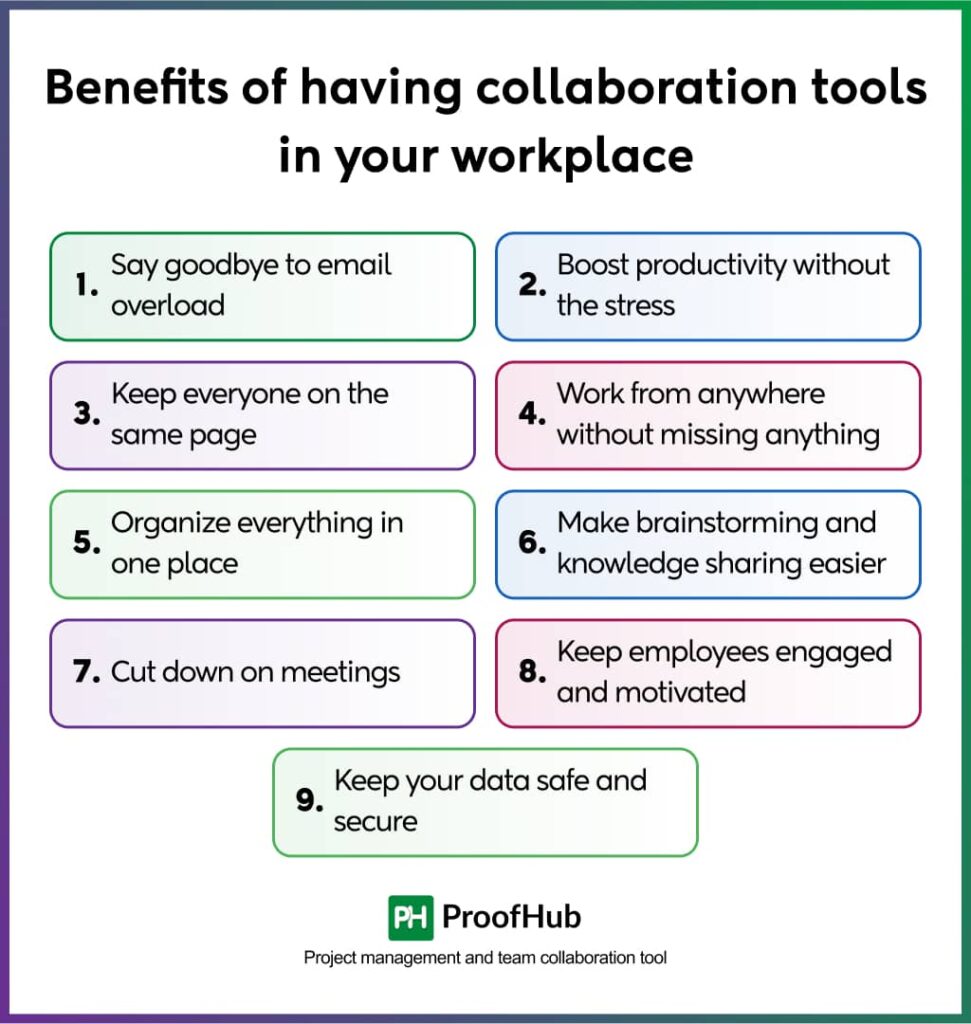
1. Improve productivity
Think about the last time you spent hours sifting through your inbox, trying to find that one important email. Collaboration tools can help you save time, eliminate any inefficiencies, and save you from that chaos.
With features like real-time messaging and discussion boards, your teams can communicate instantly. Need quick feedback? A chat message is all it takes. Instead of waiting for email replies or dealing with long email threads, you can get quick answers and keep the work process moving forward.
This streamlined communication reduces wasted time and allows you to focus on your work without any unnecessary delays.
2. Keep everyone on the same page
Collaboration tools bring everyone together. When your team members are working on a project, miscommunication or missed updates can result in confusion and delays. As a result, teams slow down.
Collaboration tools solve this by providing shared dashboards, centralized task tracking, and real-time updates. Everyone can see the latest information on updates, deadlines, and tasks in real-time.
This makes sure that no one is left out of the loop, and that your team members stay aligned with the project goals.
3. Work from anywhere without missing anything
Remote work is here to stay, but staying connected across different locations and time zones can be a challenge. Collaboration tools help you bridge this gap.
With features such as cloud storage, shared workspace, time zone management, and virtual collaboration, your team can work together no matter where they are.
Whether your team is working from home, traveling, or based in different countries, with the help of collaboration tools, they can access files, join meetings, and contribute seamlessly without any interruptions.
4. Organize everything in one place
Scattered files and outdated document versions can turn even simple tasks into complicated problems. Without a centralized system, you waste time searching for the latest report or confirming if you’re working on the correct version.
Collaboration tools solve this problem by centralizing everything – your files, messages, and updates – all in one place, making them easy to find, edit, and share.
This eliminates the confusion of searching for the latest version of a document or determining who has the most up-to-date information. Everything is stored, organized, and accessible to your team, making collaboration smoother and more efficient.
5. Cut down on meetings
Let’s be real – not all meetings are necessary, some of the discussions can be done with the help of a single chat message or a shared update. In fact, over 71% of managers feel meetings are unproductive.
However, collaboration tools can help you eliminate unnecessary meetings by providing task updates, real-time chats, and shared workspaces.
Instead of gathering your team for status updates, they can check a project dashboard or leave a quick comment. This frees up time for actual work rather than sitting in long discussions.
Learn how to stop wasting time in meetings and start getting real work done.
6. Make brainstorming and knowledge sharing easier
Great ideas often come from collaboration and that doesn’t just happen in meetings. Collaboration tools encourage creativity by offering mind maps, shared notes, and team wikis.
So your team can brainstorm and share knowledge without any hindrance. Instead of waiting for the next meeting to share ideas, team members can contribute anytime, from anywhere.
This promotes innovation and makes knowledge-sharing a continuous process rather than a one-time event.
7. Keep employees engaged and motivated
When employees feel connected and valued, they’re more engaged. And it’s a fact that happy employees are productive employees.
Collaboration tools provide spaces for team interactions, recognition boards for celebrating achievements, and feedback channels to keep communication open. This makes sure that your team members feel connected and valued, even when they are working from home or from different departments.
When employees feel heard and appreciated, they’re more motivated to contribute. In fact, highly engaged teams are 21% more productive. Even in remote settings, these tools can help you create a sense of belonging.
8. Keep your data safe and secure
Security is a top concern for any team, especially if your team members are working across the globe. Outdated methods like email come with serious risks – emails can be accidentally sent to the wrong person, intercepted by hackers, or fall victim to phishing attacks. Plus, when employees store files on personal drives or forward confidential documents via email, there’s no centralized control over who has access.
Collaboration tools make sure that your files, messages, and sensitive data stay protected with encrypted file sharing, role-based access, and secure login features.
This makes sure that only authorized team members can view or edit critical information, reducing the risk of data leaks and cyber threats. Whether you’re working with confidential client data or internal business strategies, these tools provide a safer, more controlled way to collaborate.
9. Prevent burnout
Productivity shouldn’t come at the cost of your team’s well-being. Without clear deadlines and streamlined workflows, last-minute rushes and missed tasks can pile up, resulting in stress, frustration, and burnout.
Collaboration tools help prevent burnout by making it easier to stay organized. With features like task management, automated workflows, and clear deadlines, everyone knows what they need to do and when.
This reduces unnecessary pressure among your team members and improves their work-life balance. A well-organized team is more productive, healthier, and happier.
Discover 13 proven work-life balance tips for overworked professionals!
How to choose the right collaboration tool for your team
With so many collaboration tools out there, picking the right one can be stressful. You need to find a tool that fits your team’s workflow, simplifies communication, and enhances productivity.
Here are a few factors that you need to consider before selecting a collaboration tool for your team:
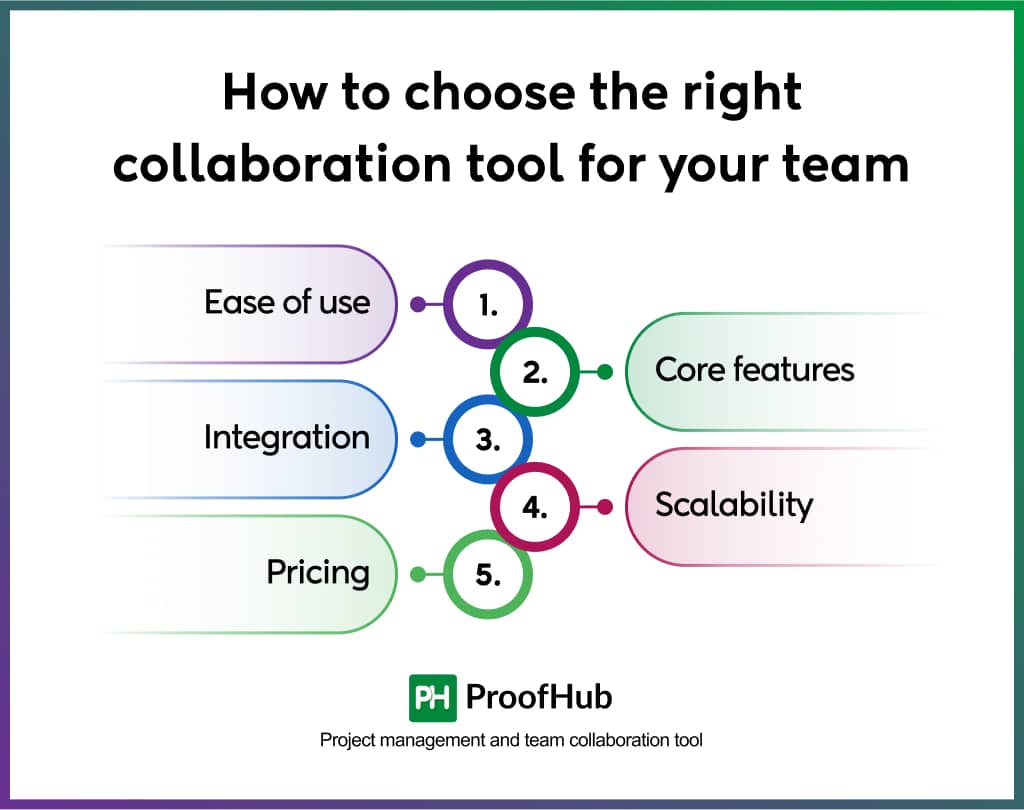
1. Ease of use
Let’s face it! No one wants to spend hours figuring out how to use a new tool. Choose a tool with a clean, user-friendly interface so everyone – even a non-techy person – can use it easily.
A simple, well-organized tool helps you cut down that time, so your team can focus on real work.
2. Core features
The right collaboration tool should have all the features your team needs in one place. Here are some features that you can look for:
- Task management: Create and assign tasks and track work progress, deadlines, and milestones
- Messaging: Quick, real-time communication
- File sharing: Centralized access to important documents
Suppose a marketing team is managing a campaign. They will need a space to assign tasks, upload creative assets, and discuss changes without endless email threads. The right tool will help them keep everything in one place, reducing confusion and missed updates.
What is collaboration marketing? Learn its definition, benefits and how to use it in our comprehensive guide.
3. Integration
Your team probably already uses tools like Google Drive, Slack, or QuickBooks. A good collaboration tool should connect with these seamlessly, bringing them all together, so you don’t have to keep switching between apps.
For example, if your team relies on Google Calendar for scheduling, make sure your new tool can sync with it. This way, you don’t have to start from scratch; you’re just adding to what already works.
4. Scalability
A startup with five people has different needs than a company with 500 employees. Your team may be small now, but what about in a year or two? So, choose a tool that can grow with you.
Ask yourself questions like – “Can it handle larger projects and more users without slowing down?” The last thing you want is to switch tools just when your team is expanding.
5. Pricing
Some tools charge per user, while others offer fixed pricing. Consider what makes sense for your team size and needs.
A free plan may work for small teams, but as you scale, you need advanced features like workflow automation or detailed reporting.
The benefits of collaboration tools are countless. They save time by reducing endless email chains, improve communication by keeping everyone on the same page, and boost productivity by making work more organized and efficient. Whether your team is remote, hybrid, or office-based, the right tool can make teamwork smoother and stress-free.
ProofHub: The best collaboration tool for your team
ProofHub is a comprehensive project management and team collaboration tool that brings task management, communication, file sharing, and project tracking together – all in a single location. Unlike traditional methods like spreadsheets and long email threads, ProofHub offers a structured and intuitive way to manage projects, track progress, and collaborate effortlessly.
With ProofHub you can:
- Stay organized and productive: With ProofHub’s task management and project planning, you can assign tasks, set deadlines, and track progress – all in one place. No more confusion or chasing people for updates; everyone knows what needs to be done and when.
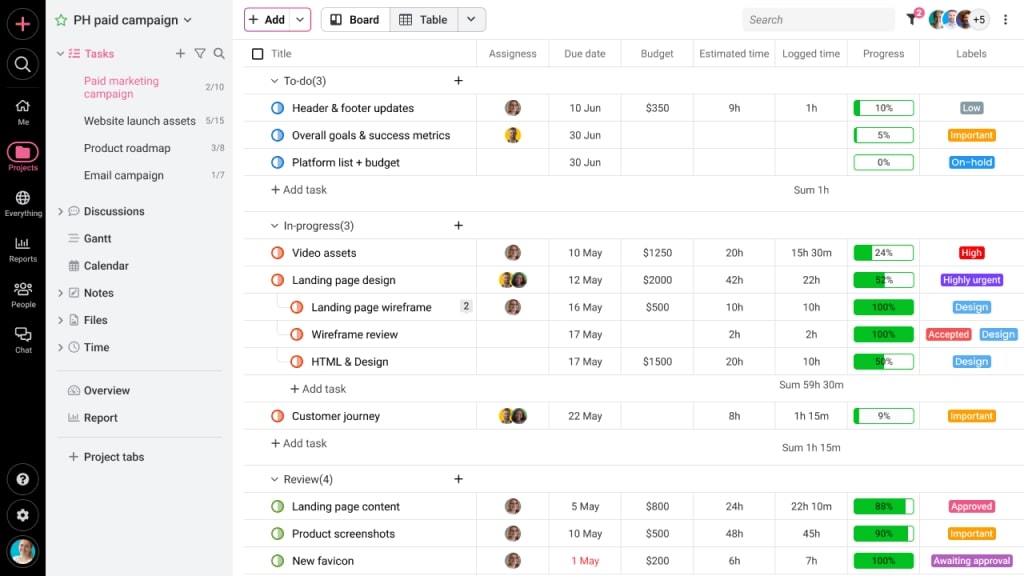
- Improve team collaboration: Use ProofHub’s discussions or notes to brainstorm ideas in a centralized space. Your team can share thoughts, tag the right people, and make decisions faster – no more waiting for email replies.
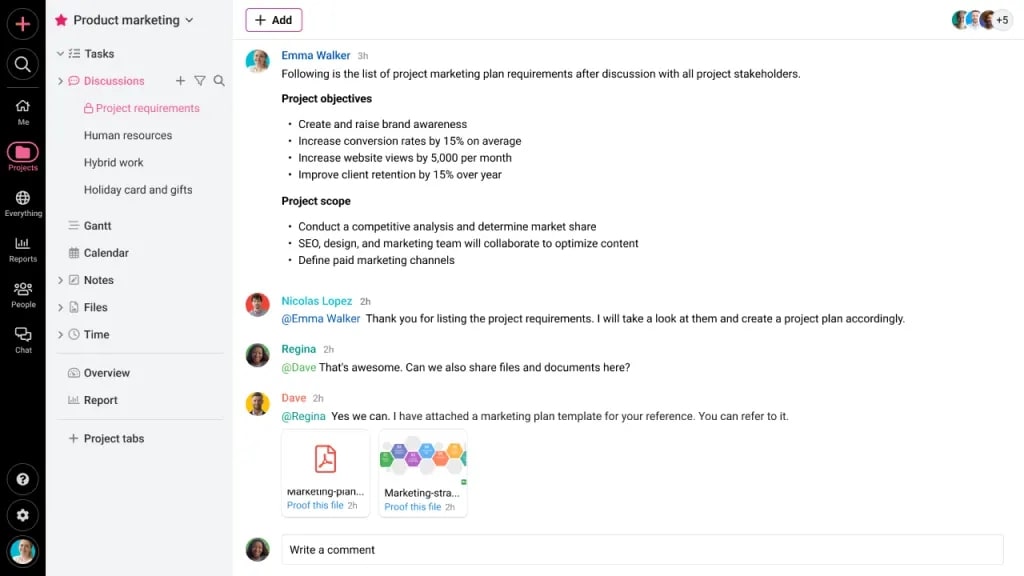
- Visualize workflows: You can use Kanban boards to visualize your work processes from start to finish. This helps you track tasks, monitor workloads, and ensure transparency so no one is left in the dark.
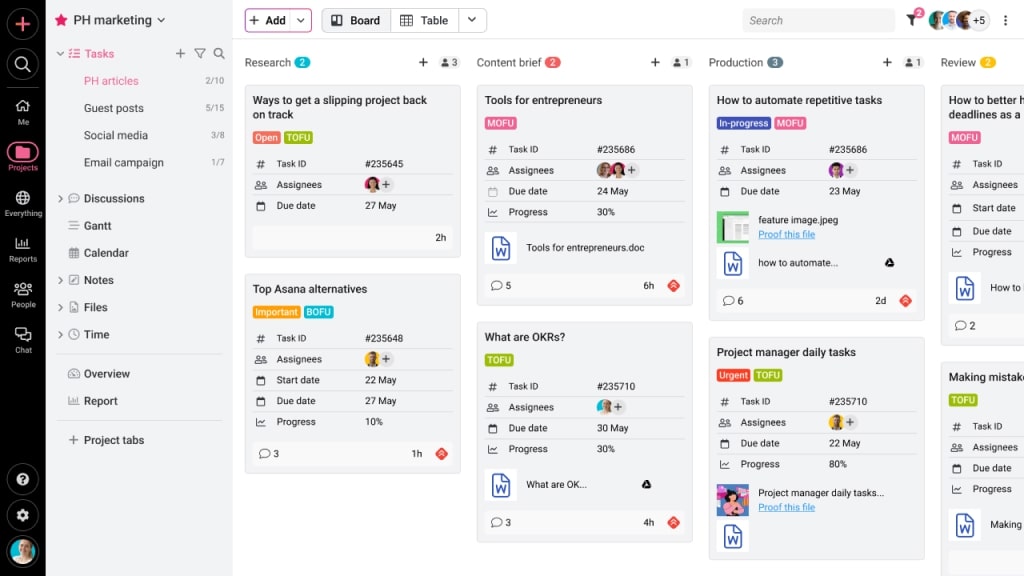
- Access files easily: No more digging through emails for the latest document. ProofHub’s file management stores all documents, images, and files securely in one place, making sure that your team always has the right version at their fingertips.
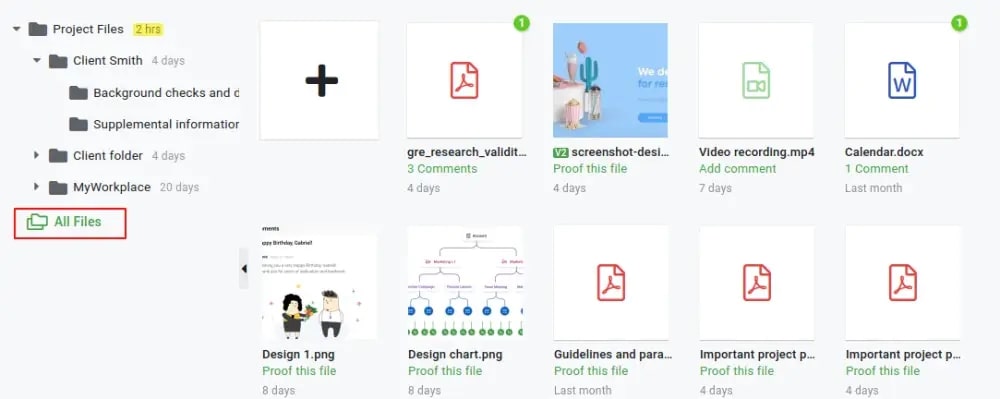
- Keep teams motivated: With ProofHub’s announcements, you can celebrate wins, recognize achievements, and keep morale high. Acknowledging hard work boosts engagement, even in a remote work culture.
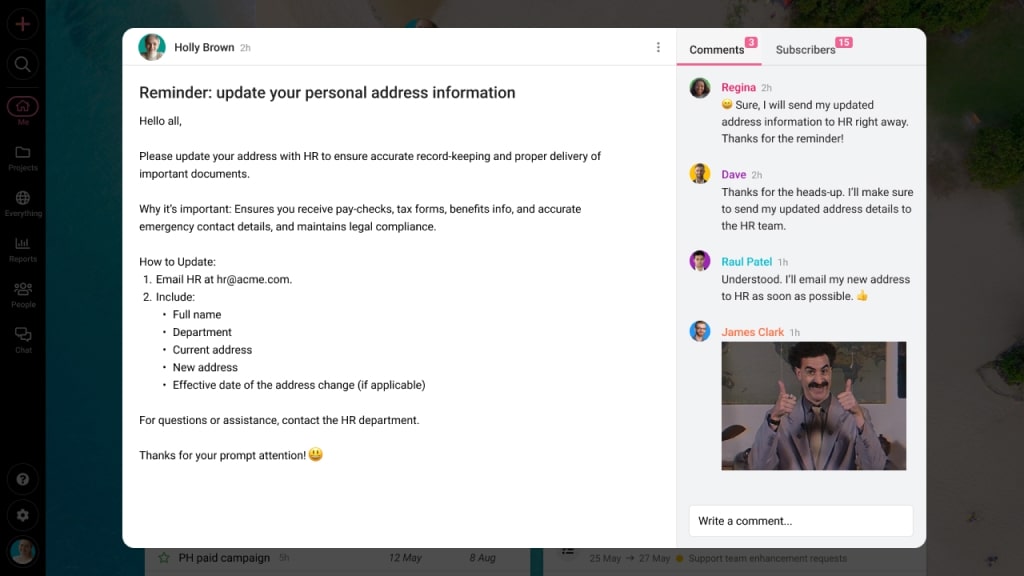
- Ensure data security: With ProofHub’s custom access control settings, you can decide who sees what, preventing unauthorized access and keeping important data safe, ensuring a secure collaboration environment.
And the best part- ProofHub has no per-user pricing, making it cost-effective for teams of all sizes. Plus, its intuitive and easy-to-use design means your team can start using it right away – no longer training sessions are needed.
FAQs
How do collaboration tools improve teamwork?
Collaboration tools can improve teamwork by helping team members communicate, share files, and work together in real time, no matter where they are.
These tools reduce confusion, keep everyone on the same page, and streamline tasks. It is a virtual workspace where your teams can brainstorm, manage projects, and track progress together.
What are the key features to look for in a collaboration tool?
Here are some key features that you can look for in a collaboration tool:
- Real-time communication: Chat, video calls, or instant messaging.
- File sharing: Easy ways to upload, share, and edit documents.
- Task management: Tools to assign tasks, set deadlines, and track progress.
- Integration: Works well with other apps your team uses (e.g., email, calendars).
- User-friendly interface: Easy for everyone to use with a minimal learning curve.
What are the benefits of using collaboration tools in business?
Although there are many benefits of using collaboration tools in businesses, here are some of them:
- Better communication: Teams can talk and share ideas instantly.
- Increased productivity: Tasks get done faster with clear workflows.
- Remote work support: Teams can work together from anywhere.
- Centralized information: All files and updates are in one place.
- Improved transparency: Everyone knows what’s happening and who’s responsible for what.
